Infographic

Brownfields and land reuse sites are areas that may be contaminated with chemicals from past or current uses. The ATSDR Land Reuse Health Program works with cities, towns, and neighborhoods to help redevelop these sites. We turn them into spaces such as schools, parks, and gardens, protecting residents from dangerous substances and improving public health.



Creating healthy and safe community spaces

Making it easier to get healthy foods

Increasing physical activity and safety
There are over 500,000 brownfields and land reuse sites in the U.S. These sites range in size from less than one acre to thousands of acres. Living near them can lead to health problems.
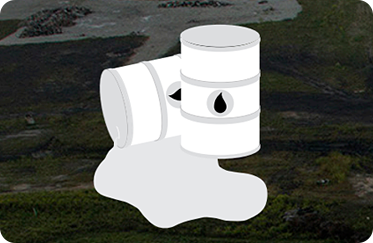
Environmental damage
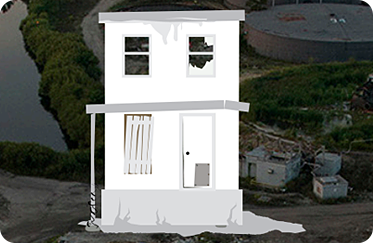
Poor housing quality
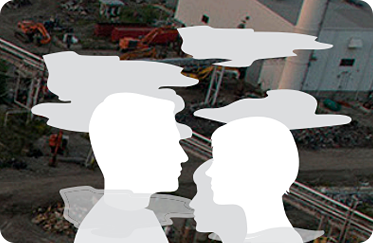
Poor air quality
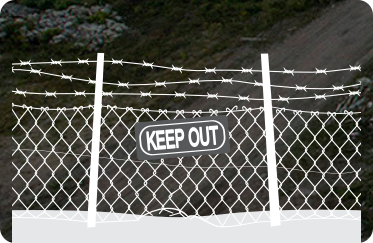
Lack of options for physical activity
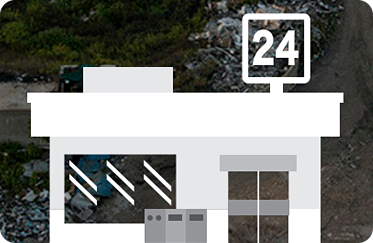
Limited access to healthy foods
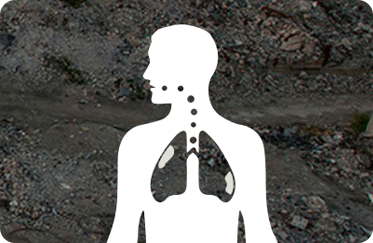
Higher risk of disease (like cancer and lung disease) and earlier death
Our most important job is working directly with community members. We answer questions, provide resources, and stay involved as long as we’re needed.
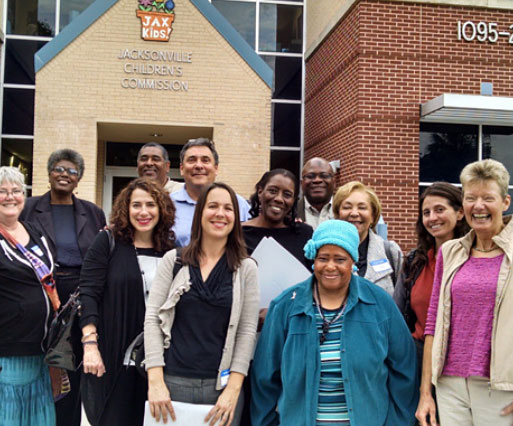
ATSDR and its group of expert volunteers — the Brownfields & Reuse Opportunity Working Network (BROWN) — share knowledge and consult in the field with developers, officials, and others.
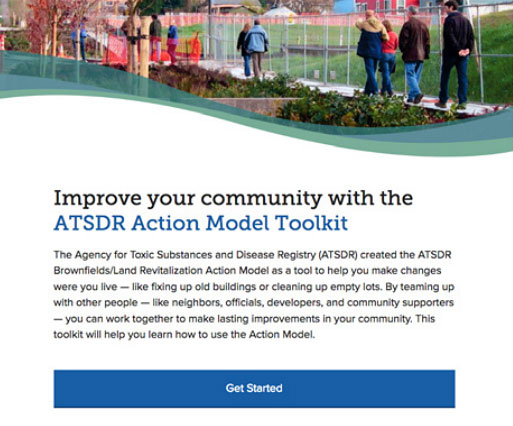
These materials help people assess the effects of brownfields and land reuse sites, and they allow communities to track their successes during and after redevelopment.
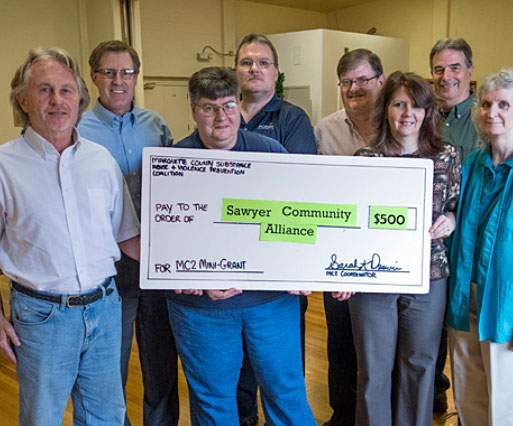
ATSDR awards grants for improving community health in areas with brownfields and land reuse sites.
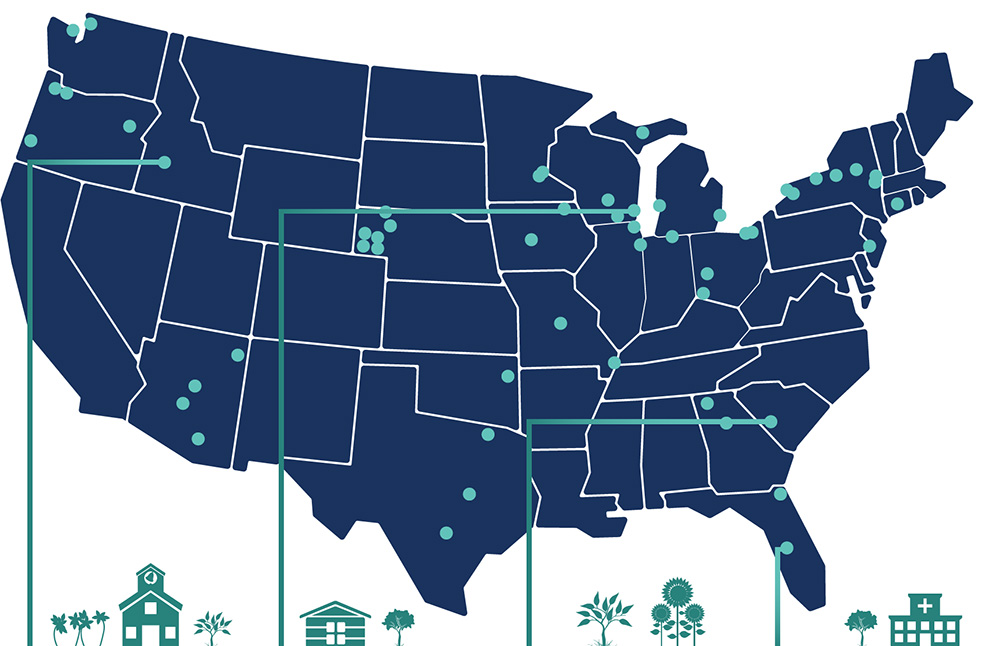
Before: Abandoned church formerly used as a meth lab
After: Center for children’s art education
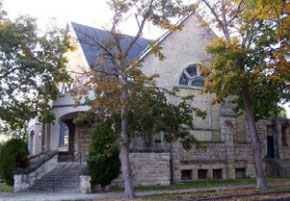
Before: Abandoned brass factory
After: New school and homes
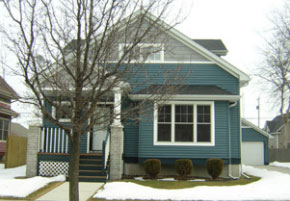
Before: Land devastated by a 2005 chlorine spill
After: Community Gardens
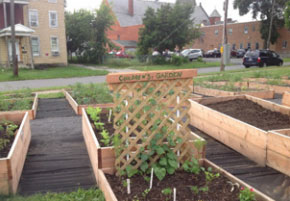
Before: Brownfields in a medically underserved area
After: Community health clinic
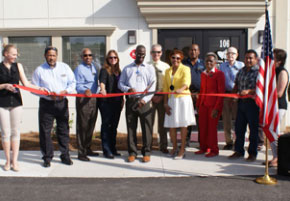
We’ve also assisted on over 400 other sites — consulting with communities about possible exposures and contamination from brownfields.
To learn more about the Land Reuse Health Program, visit:
www.atsdr.cdc.gov/sites/brownfields
or email us at atsdr.landreuse@cdc.gov